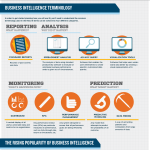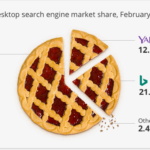Influencing and persuading others is something that we all have to do at one time or another. It might be very simple things like getting your children to do their homework without a struggle or asking your partner to do the washing up, or it could me more complex situations like persuading a business colleague to support a proposal or a customer to make a purchase. Whatever the situation may be, we would all like to be more influential and persuasive, but how?
Scientists that have studied the persuasion process for over 60 years have discovered that the more traditional approaches that we typically rely on to influence others such as informing or incentivizing people to change, are in many cases, ineffective. It has been found in studies by social psychologists, behavioral economists and neuroscientists that people are much more likely to be influenced not by the request that you make, but rather small changes to how you might frame your proposal.
Three highly respected authorities in the field of persuasion science, Dr Robert Cialdini, Noah Goldstein and Steve Martin, conducted a series of studies into the persuasion process and in particular how the smallest changes can make the biggest influence. Some of the results that they obtained during the research revealed truly staggering results. Some of these amazing examples are highlighted in this interesting and informative infographic by Virtual VIP.
image credit: ballantynetaylor.co.nz









